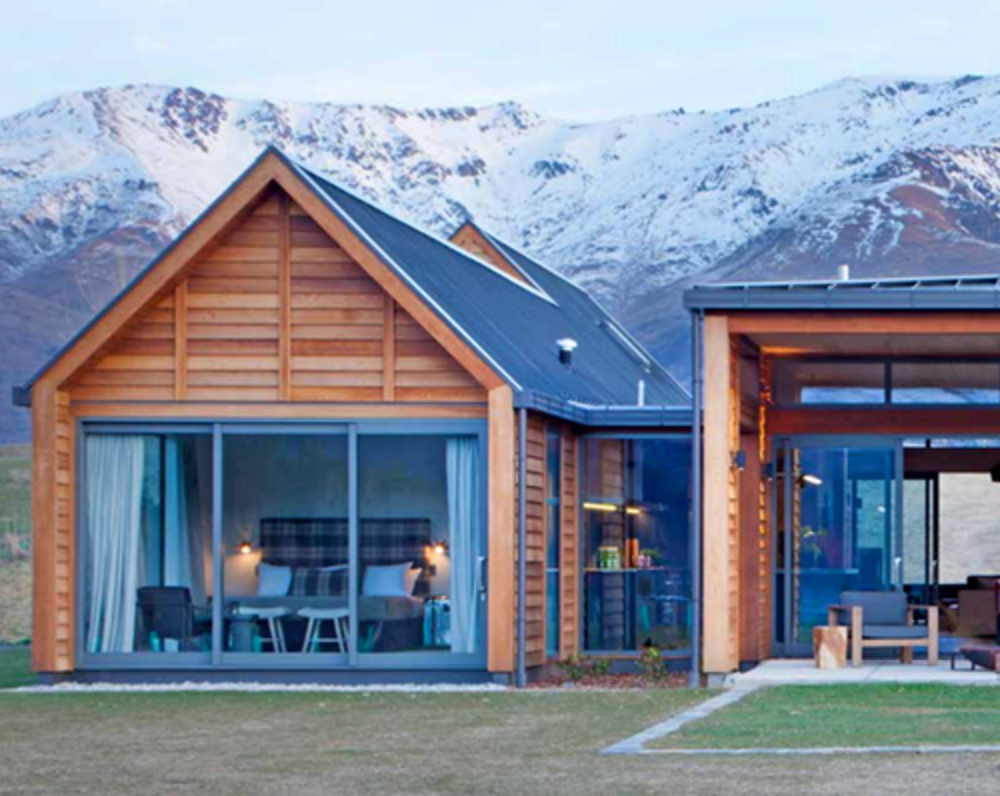-
To achieve a sustainable home you need to consider your choices and options for everything. From construction materials to energy efficient appliances.
Built to maximise sun, natural light and passive ventilation, sustainable homes tread lightly on the land, minimise toxins in the environment and provide homeowners with the benefits of a healthy, energy efficient home.
In achieving a sustainable home you will likely be looking at considering your choices and options in the key areas outlined in this article.
Sustainable Materials
Consider your choices in materials for your new home with the following considerations in mind:• Locally sourced materials from sustainable producers.
• Materials manufactured from recycled materials or that are recyclable.
• Materials that are low in volatile organic compounds (LowVOC).Reduce Reliance
Consider your options to generate a portion of the energy your home will use to reduce reliance on externally provided energy. The most common forms are Photovoltaic (PV) or water heating.Water Considerations
Options for reduction in water usage may vary depending on your new homes location and local authority requirements. Some options you should consider and may well be able to incorporate could include:• Selection of WEL’s rated tapware and water appliances
• Collection and re-use of grey water for outdoor irrigation and even toilet flushingReduce Stormwater
The use of Retention or Detention systems can reduce the loading on the council stormwater system in heavy rain events and even enable the use of rainwater around the home for garden watering, car washing and even toilet flushing.Natural Lighting and Heating
Positioning and orientation of your home on your site, along with thoughtful design can have a positive impact on your homes ability to maximise natural lighting heating and ventilation. Some examples include:• Reduction in size and quantity of south-facing glazing.
• Increase in north-facing glazing to capture maximum sunlight.
• Careful placement and inclusion of materials such as block-work and concrete to provide thermal mass.Designed for Living
Designed with appropriate sized spaces for the way you live your life, not only inside the home, but also consider external areas such as a service area for recycling bins and the fitment of a covered washing line for year-round use.Independently Rated
Independently rated using a known system (i.e. passive house or Homestar) is an assurance that your home and its construction has been completed using methods that reduce wastage with careful product selection, and is designed and built in such a way as to sustain its inhabitants of years to come.
Building Sustainable Houses with David Reid Homes

Filed under:
- Build Advice